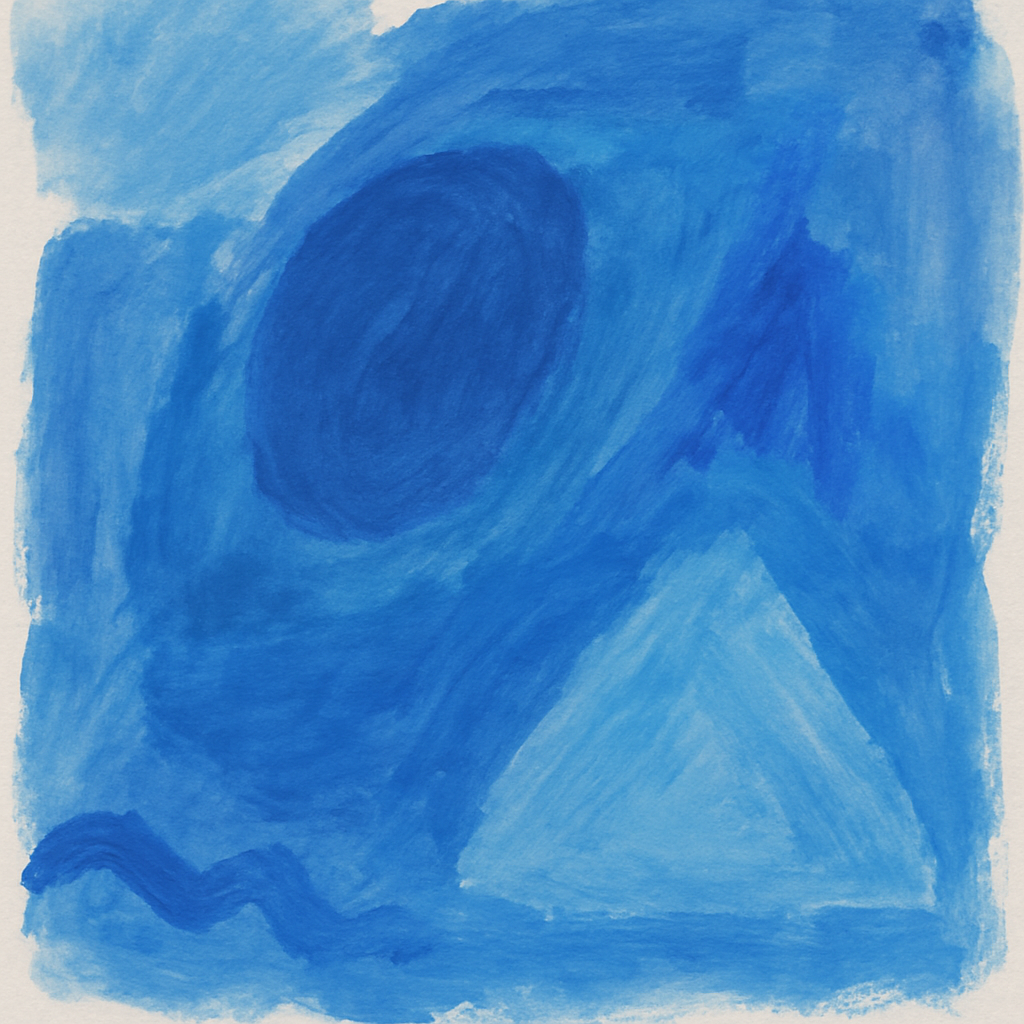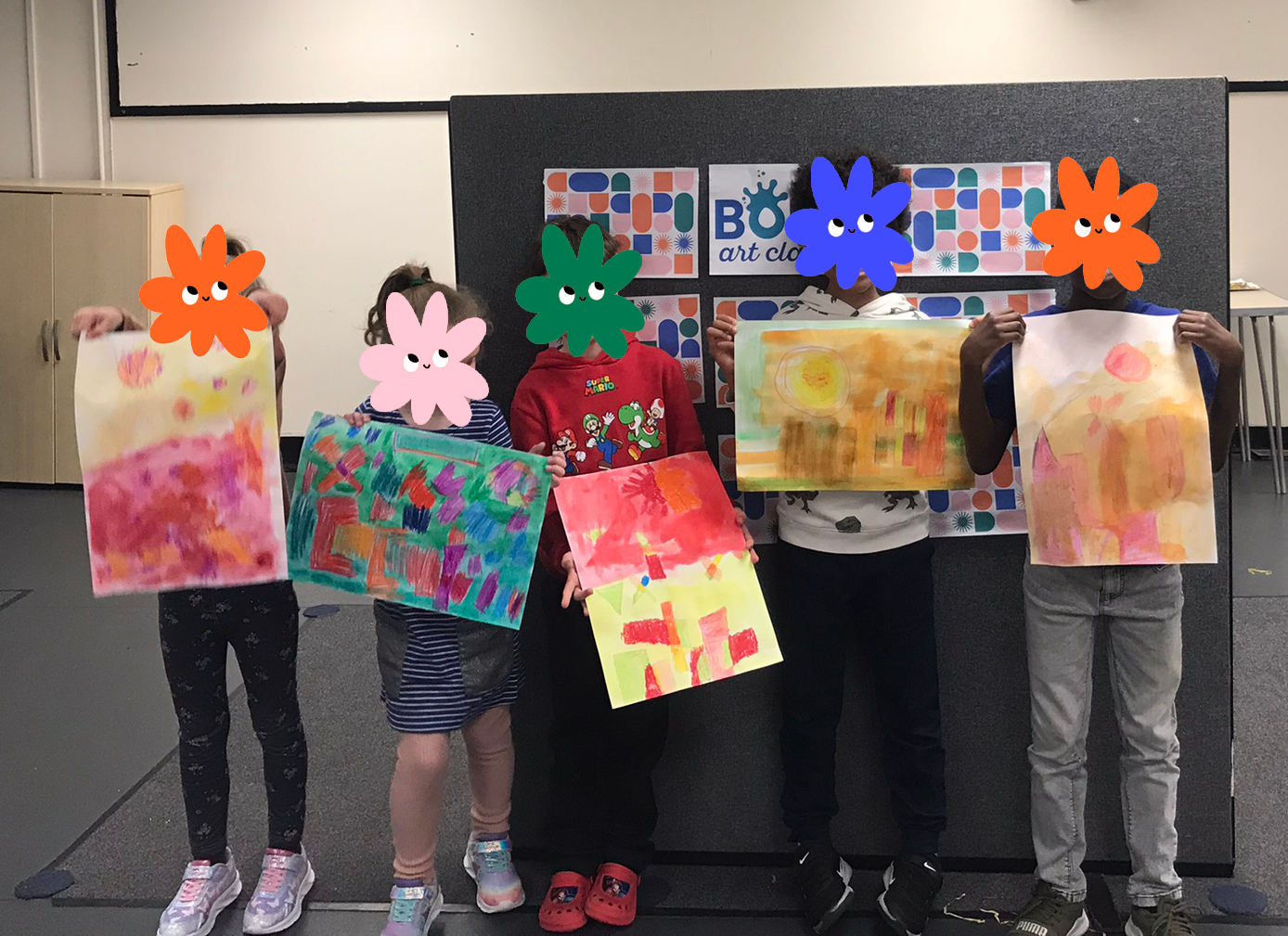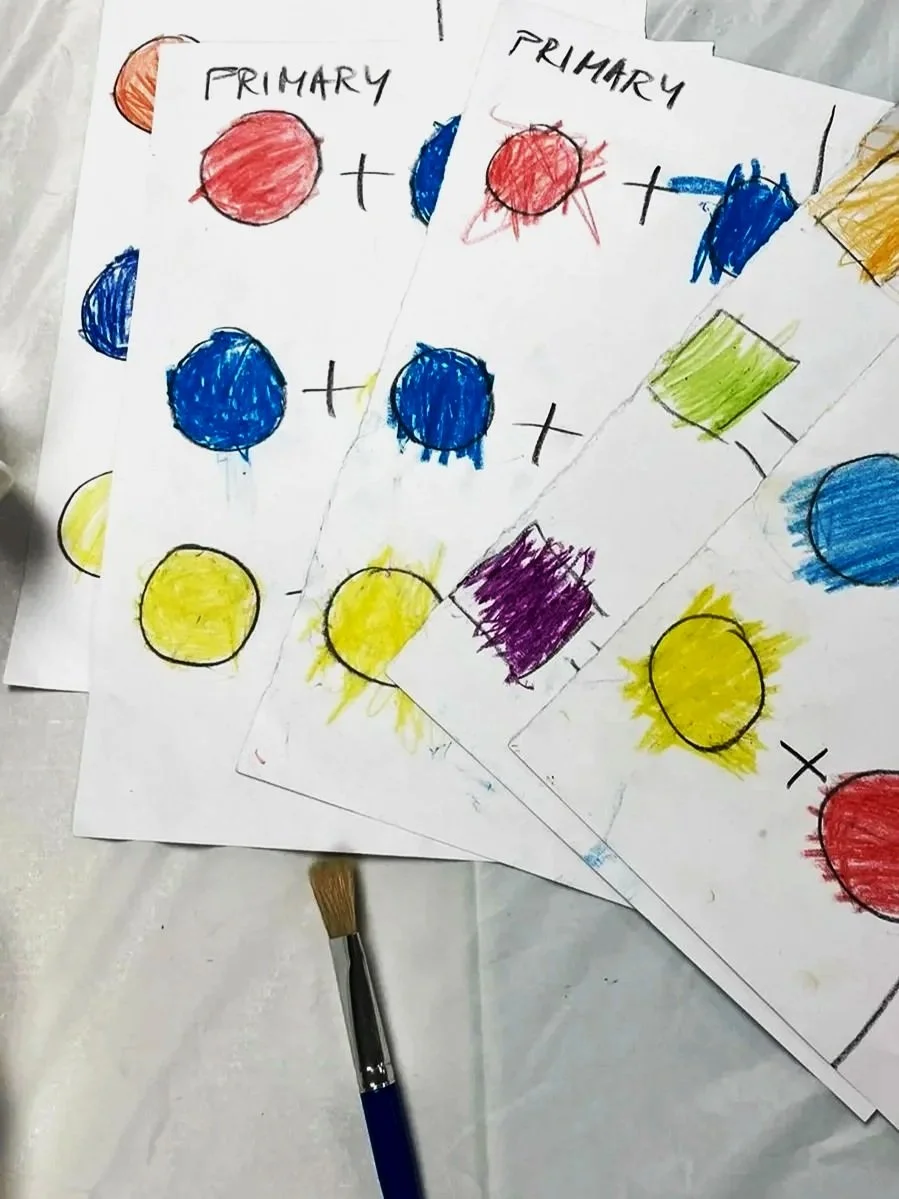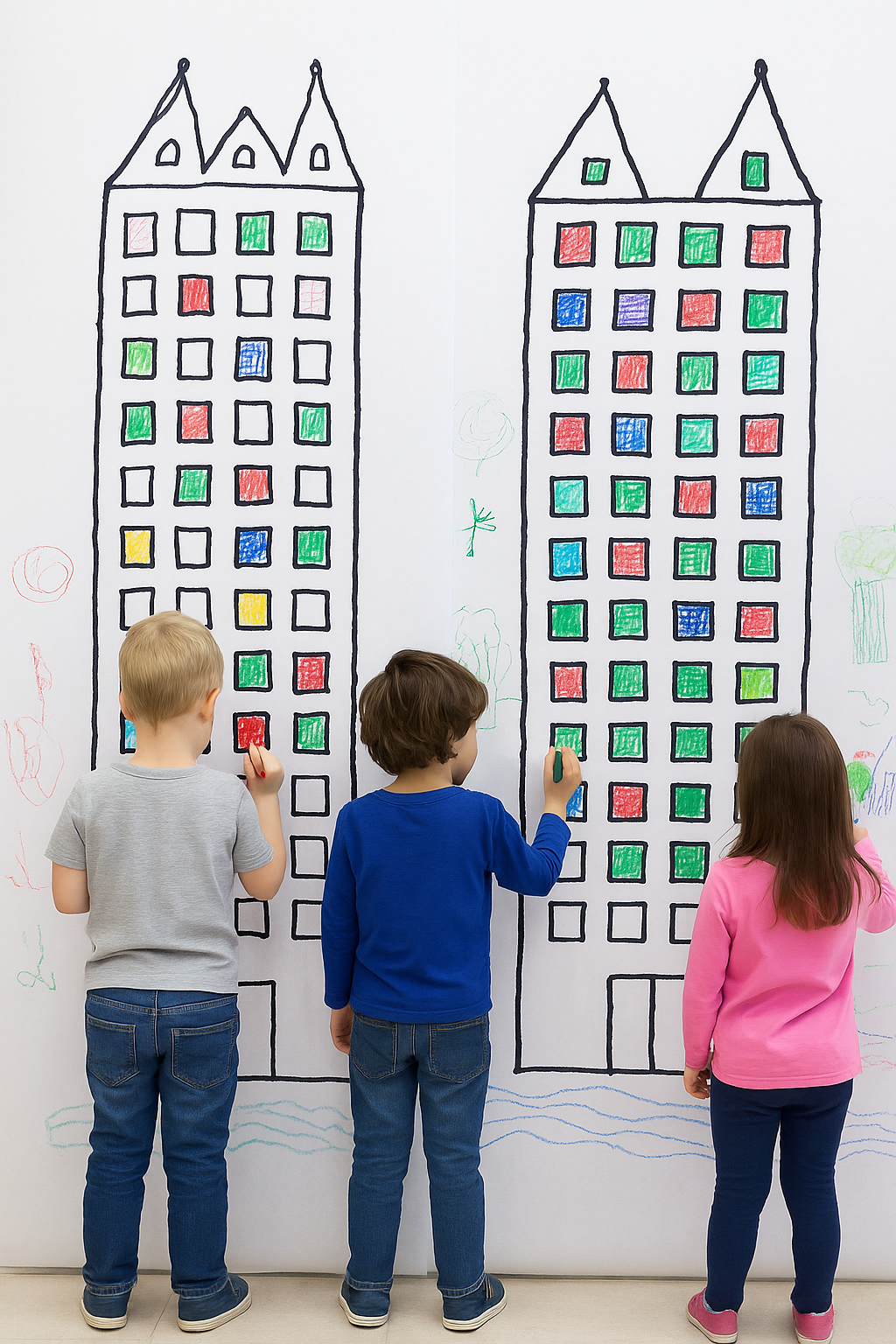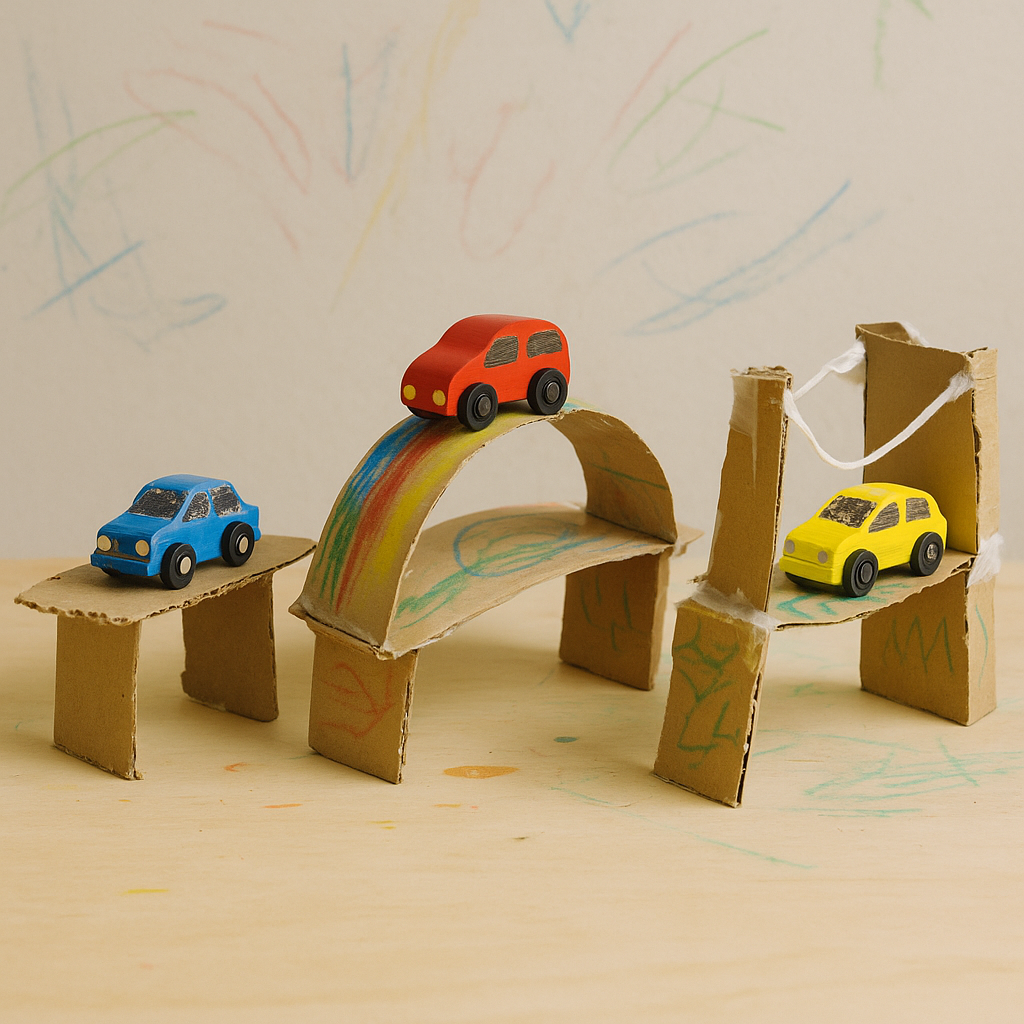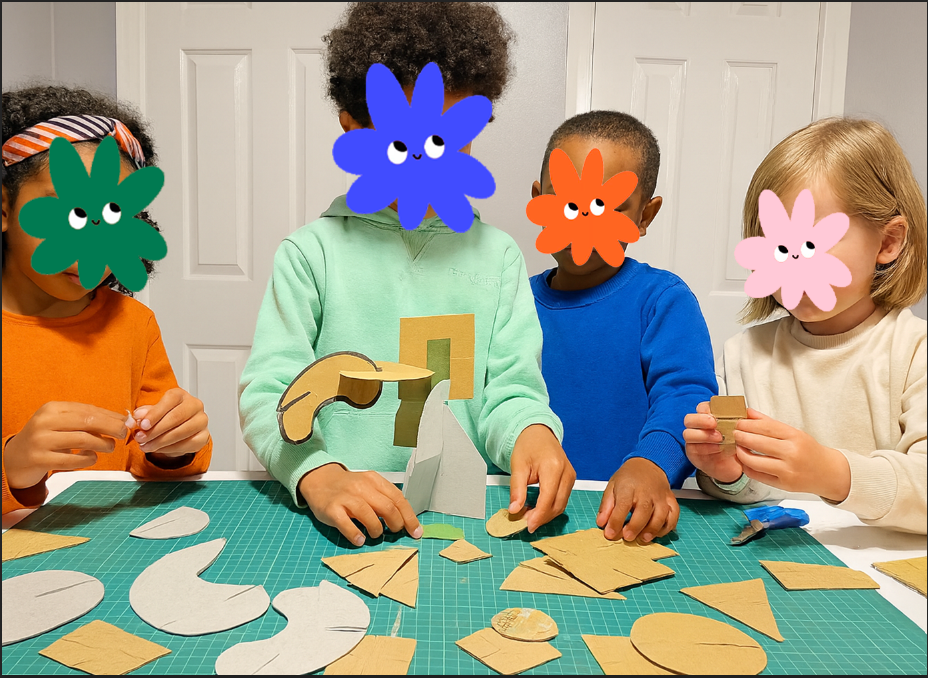
Little Masters of Colour – Where young artists learn big ideas!
We believe every child learns best through curiosity. In our Colour Theory classes, children don’t just paint — they experiment like scientists, observe like designers, and imagine like artists.
Exploring colour, building confidence — art and STEM in every brushstroke!
-
4-class plan (each 90 minutes) balances playful exploration, foundational colour concepts, and inspiration from world-renowned artists.
Exploring endless colour combinations through paint, collage, printmaking, and mixed media.
Developing fine motor skills, creativity, and problem-solving while experimenting with black & white, monochrome, primaries, and secondaries.
Light introduction to colour theory in an age-appropriate way (contrast, moods of colour, building-block colours, mixing).
Connecting art to the world: how artists like Picasso, Rothko, Mondrian, Kandinsky, and Matisse used colour to shape culture, history, and emotion.
Projects designed for discovery: fun, experimental, expressive, and knowledge-building all at once.
-
Classes are led by a trained Fine Artist with over 15 years of teaching experience. Together, mum(s) and child(ren) are gently guided through techniques and explorations, making creative time at home easier and more enjoyable.
We understand that spending creative time with little ones can sometimes feel daunting — or, let’s be honest, even a bit boring. That’s where we come in. We provide the structure, inspiration, and encouragement.
-
Confidence in self-expression through experimenting with colour.
Understanding emotions and moods — how colours calm, excite, or inspire.
Problem-solving and creative thinking by testing and mixing colours.
Practical skills: coordination, brush control, composition.
Deeper appreciation of art and colour’s role in science, culture, and everyday life.
-
Mixed media art & design
Art meets STEAM — kids explore colour as both science and expression, inventing, mixing, and discovering how colour shapes emotions, ideas, and the world around them. These sessions build creativity, confidence, and collaboration skills while making colour theory fun and tangible.
-
In our Colour Theory classes, children don’t just paint — they become colour explorers.
Each session combines art and STEAM, helping kids see colour as both a creative language and a scientific experiment. They build resilience through trial and error, sharpen observation skills, and develop imagination in ways that connect art to science, design, and emotional growth.
Group games and reflections foster collaboration, communication, and empathy, while individual projects nurture independence and confidence.
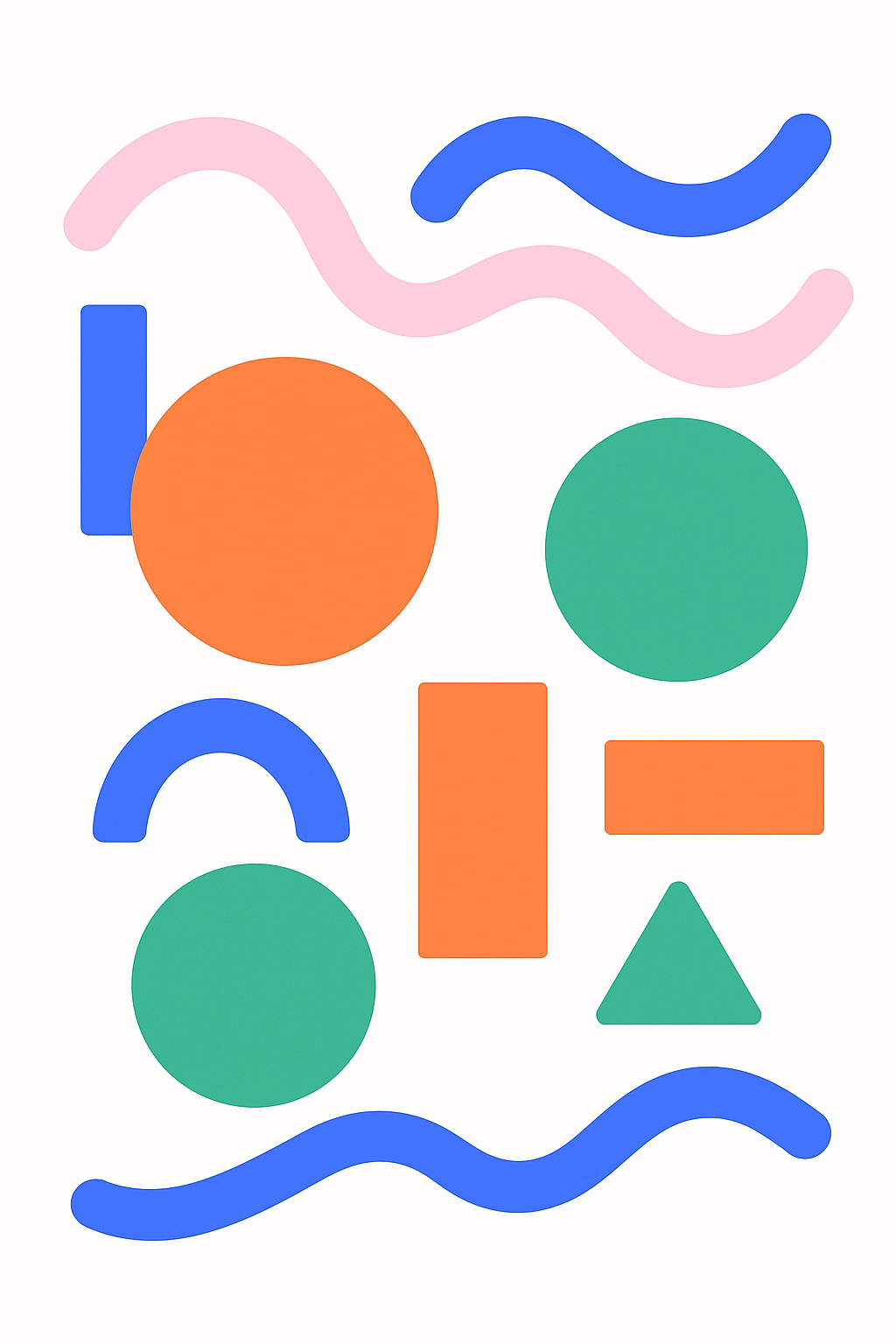
Art classes in pictures
Introduction to Alchemy of Colour
Class 1: Black & White – Contrast as Drama
Warm-up game:
Shadow Shapes: Shine a torch on objects and trace the shadows in black marker.
Opposites Hunt: Kids find black and white objects in the room and line them up like a “contrast parade.”
Exploration:
Tear and cut black and white paper into bold shapes.
Build a “contrast collage” by layering dark and light.
Try chalk on black paper and charcoal on white for extra drama.
Concept:
“Black and white are like day and night — when they meet, they create drama and surprise.”
Show how dark vs light makes things pop out.
Artist Inspiration:
Bridget Riley (optical art contrasts).
Picasso’s Guernica (black and white emotion).
Outcome:
Kids understand that contrast makes art powerful and see black & white as exciting, not boring.
Class 2: Monochrome – One Colour, Many Moods
Warm-up game:
Colour Mood Faces: Show emojis or feelings, kids pick 1 colour to match.
Tint & Shade Mixing Competition: Who can make the lightest and darkest version of blue fastest?
Exploration:
Choose one colour each.
Mix it with white and black to explore tints (lighter) and shades (darker).
Make a “mood painting” where the same colour feels happy, sad, or calm.
Concept:
“One colour can wear many costumes — lighter, darker, softer, stronger. It’s like the same friend in different moods.”
Artist Inspiration:
Yves Klein (all-blue paintings).
Mark Rothko (emotional colour fields).
Outcome:
Kids learn that one colour has infinite possibilities and can express emotion and mood.
Class 3: Primary Colours – The Superheroes
Warm-up game:
Colour Detectives: Quick hunt around the room for red, yellow, and blue objects.
Body Shapes: Kids stand in groups and “become” red (strong pose), yellow (jumping pose), blue (calm pose).
Exploration:
Use tape or black markers to make a grid.
Fill boxes with red, yellow, and blue paint (Mondrian-style).
Or stamp with Lego blocks dipped in paint for fun textures.
Concept:
“Red, yellow, and blue are superheroes — they can’t be made, but they can make all the other colours.”
Artist Inspiration:
Piet Mondrian (red, yellow, blue grids).
Joan Miró (playful shapes with primaries).
Outcome:
Kids see primaries as powerful and foundational — the building blocks of all colours.
Class 4: Secondary Colours – The Colour Children
Warm-up game:
Mix & Predict: Ask: what colour will come if we mix red + yellow? Let kids shout guesses.
Circle Dance: Kids form circles — “class leader” hold red/yellow scarves and “children” hold orange, etc.
Exploration:
Paint overlapping circles like Kandinsky, mixing primaries into secondaries.
Or make a Matisse-inspired cut-out collage with secondary colours.
Concept:
“When colours mix, they have children — red + yellow = orange, blue + red = purple, yellow + blue = green. Families of colour!”
Artist Inspiration:
Wassily Kandinsky (abstract circles).
Henri Matisse (bold cut-out shapes).
Outcome:
Kids experience the joy of colour mixing and see colour as alive, connected, and full of surprises.



